Slightly noob-ish question but I get confused when it comes to calculating what density bucket the phone falls in. I'll take my Galaxy S3 as an example.
It has a resolution of 1280 x 720 which means it has 306 dpi. Now, referring to the chart below, my phone falls in the hdpi category because it has more than 240 dpi but less than the 320 dpi needed to be an xhdpi screen. So, the phone is 853 x 480 DP (dividing by 1.5)
However, a screen information app on my phone tells me that it is an xhdpi screen. So, the phone is 640 x 360 DP (dividing by 2).
How do I know what correct density bucket my phone falls in?

Update:
I am trying to design my app for the top 10 Android phones in my country. So I am calculating their sizes in DPs to design UIs based on their "smallest width DPs". This isn't a one-off size calculation.
